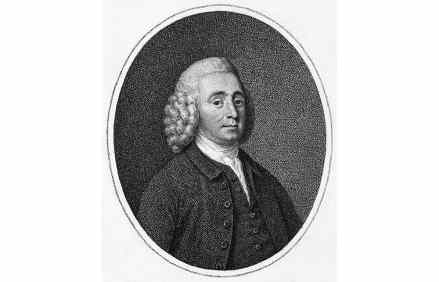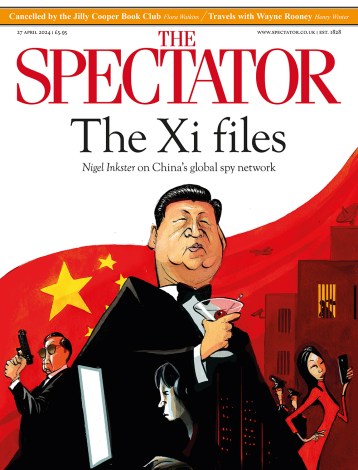How inoculation against smallpox became all the rage in Russia
The concept of vaccination evolved from 18th-century inoculation practices and many people contributed to the accretion of knowledge. This book focuses on two individuals: the Quaker doctor Thomas Dimsdale, who, from his small Hertfordshire surgery, pioneered a simple smallpox immunisation; and Catherine the Great, who summoned him all the way to St Petersburg to inoculate her and the teenage Grand Duke Paul. Despite success all round, though, it turns out that anti-vaxxers are nothing new. After revealing the destructive force of smallpox – in one period of the 18th century, 400,000 perished annually in Europe – Lucy Ward, a journalist and former lobby correspondent, recapitulates the history of inoculation against


